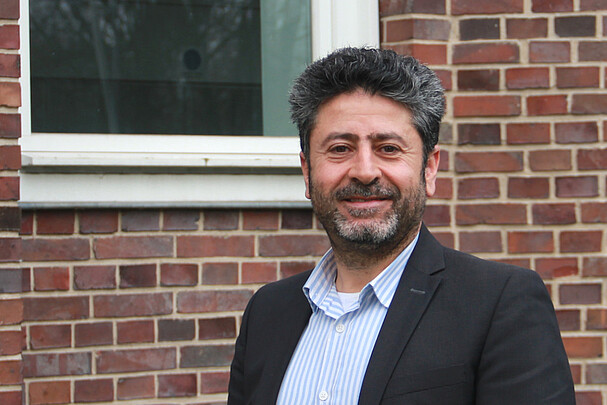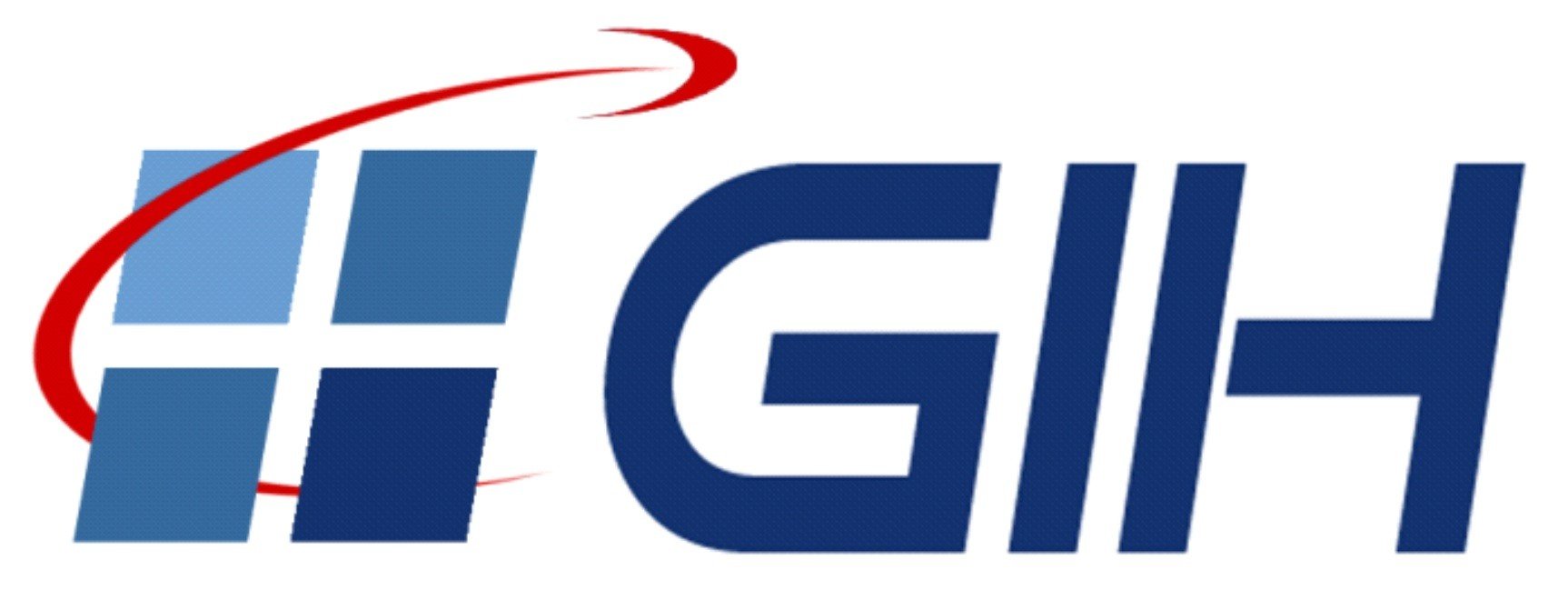Due to the increasing complexity of geodetic measurement processes, a continuous expansion of the mathematical-statistical toolbox is necessary.
The members of the working group deal with the development of mathematical-statistical models, estimation methods and algorithms in order to equalise spatio-temporally related and possibly incomplete data. The data can be characterised by random, systematic, outlier and correlated measurement deviations. The challenge here is the accurate, reliable and efficient estimation of the unknown model parameters as well as the derivation of quality measures regarding the estimation. Such estimations are also developed as expert-based methods in which Bayesian prior information or a priori existing system behaviour of the model parameters to be estimated is integrated. These research foci have found various applications in the fields of engineering geodesy, satellite geodesy and property valuation.
Areas of expertise of the working group
-
Knowledge-based filtering in state space
Optimal and sequential estimation of states based on arbitrary observations in the state space. In addition to linear systems, mainly non-linear systems are also taken into account. The aim is to make the approaches as efficient and robust as possible against outliers. In addition, pre-existing knowledge is to be integrated into the filter algorithm as priori knowledge and thus lead to an improved estimate. The focus is also on methods with which normally distributed system and measurement noise as well as arbitrary and multimodal system and measurement noise can be mastered.
-
Optimisation and quality assurance of geodetic measurement processes
Efficiency is increased by modelling and optimising measurement processes. The modelling of measurement processes with suitable modelling methods and the determination of the necessary level of detail is a focus of the research field. Furthermore, suitable optimisation methods for optimising the efficiency of the respective measurement processes are validated.
-
Bayesian modelling and Monte Carlo method
This research field deals with the adaptation of Bayesian inference, centred on Bayes' theorem, to some geodetic applications. Based on Bayes' theorem, unknown parameters are determined and hypothesis tests for the parameters are tested. The applications are carried out in linear and non-linear models. In addition, robust estimates against outliers and the Bayes filter are derived. As some analytical integrations for parameter estimation, for the definition of uncertainty ranges or for testing hypotheses cannot be derived, numerical methods based on Monte Carlo procedures were developed and applied.
-
Classical and robust parameter estimation and hypothesis testing
In the area of classical parameter estimation, various deterministic trend models are analysed on the one hand, e.g. regression and basis function models (B-splines, polynomials, etc.). On the other hand, the focus is on the realistic modelling of stochastic models in the form of covariance matrices. In the area of hypothesis testing, suitable optimality criteria (e.g. based on uniform best invariance) are developed for various modelling scenarios. If outliers are to be expected in the measurement data, the least squares method is replaced by a robust estimation procedure. For this purpose, we analyse M, R, maximum likelihood, LMS and RANSAC estimators, among others. In addition to outliers, data gaps are also a major problem in parameter estimation. In order to solve this problem, we are investigating robust expection-maximisation algorithms that are able to fill data gaps with stochastic prior information.
-
Spatiotemporal stochastic processes and signal processing
In addition to the typical spatial reference, geodetic measurement series often also have a time reference. This applies in particular to the measurement noise, whose characteristics can often be modelled with the help of stochastic processes. Stochastic processes in the form of autoregressive moving average (ARMA) processes are particularly interesting here, as they are described by relatively few coefficients, which also have direct relationships to the autocovariance function or the power density spectrum. This means that coloured measurement noise in particular can be modelled efficiently and meaningfully both in the time domain and in the spectral domain.
Working group management


30167 Hannover


Members of the working group
Current projects of the working group
-
AutoMap - Development of a robust positioning system for autonomous vehicles based on captured environmental information and GNSS/IMU dataDetermining the exact position of vehicles is not only crucial for autonomous driving, but also for many other applications. However, existing technologies, such as global navigation satellite systems (GNSS) or inertial measurement units (IMU), are reaching their limits due to interference and inaccuracies, especially in urban areas.Led by: Hamza Alkhatib, Sören VogelTeam:Year: 2023Duration: 2023-2025
![]()
![]() © GIH
© GIH
-
port_AI - A fully digital twin for port structures using IoT, 5G, BIM, AR and AI processes to establish smart building lifecycle managementThe demands on the safety and reliability of infrastructure management in the area of sea and inland ports are constantly increasing due to increasingly globalised trade. By creating a smart infrastructure, this project aims to solve various challenges in the management of existing port infrastructure. Digitalisation and the use of AI processes are also subsumed under the term smart infrastructure in this project.Led by: Ingo Neumann, Hamza Alkhatib, Mohammad OmidalizarandiTeam:Year: 2021Funding: Funding programme for innovative port technologies (IHATEC) supported by the Bundesministerium für Verkehr und digitale Infrastruktur (BMVI)Duration: 12/2021 – 11/2024
![]()
![]()
-
Measurement system analysis and model-based sensor fusion for hydrographic water exchange zone monitoring using unmanned carrier systemsThe aim of the project "Measurement system analysis and model-based sensor fusion for hydrographic water exchange zone monitoring with unmanned carrier systems (WaMUT)", which the GIH is working on on behalf of and in cooperation with the Bundesanstalt für Gewässerkunde (BfG), is the continuous, quality-assured acquisition and modelling of geo-base data of the water exchange zones and shallow water areas of federal waterways to improve the quality of - in particular small-scale - digital terrain models of the watercourse. In contrast to the classic geodetic observation methods for recording bathymetry and topography, the use of unmanned sensor platforms - primarily on land (unmanned aerial vehicle UAV), but also on the water (unmanned surface vessel USV) - has come into focus in recent years. As part of the WaMUT project, these measurement systems are to be validated and, based on this, a quality-assured, integrated measurement programme is to be created in order to be able to record reliable geobase data in the water exchange zones.Led by: Ingo Neumann, Hamza AlkhatibTeam:Year: 2020Duration: 09/2020 - 08/2024
![]()
![]() © BfG
© BfG















